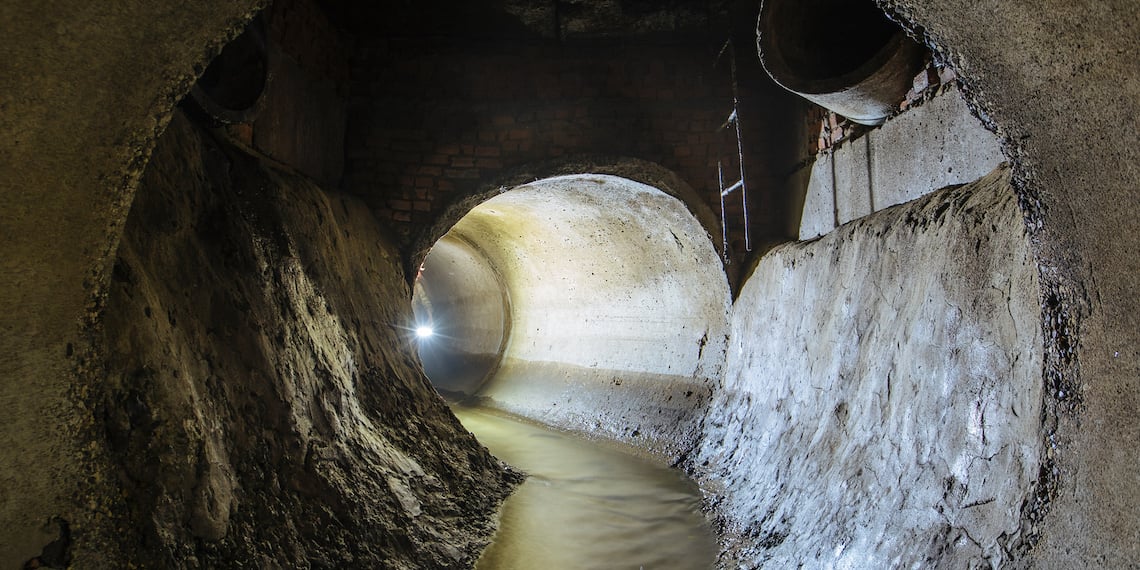Data modelling helps utility pinpoint gas problems in its network

Water customers in Western Australia will have concerns about hazardous gases and odours addressed faster and more effectively thanks to data modelling being implemented by Water Corporation.
Set to discuss the utility’s new approach in a presentation at Ozwater’23 in May, Water Corporation Senior Analyst – Data Products Phillip Meng said odorous gases in the wastewater network is an issue that’s developed as Perth’s population grows, with some suburbs in the city more affected than others.
“Our asset strategy group knows there are problems with emission of odorous gases – primarily hydrogen sulphide – from their wastewater network, and there are complaints received from customers,” he said.
Tasked with finding a more effective solution to this problem, Meng’s team set about better understanding the network through hydraulic modelling. This would enable the team to determine where the gas build-up originated from, better informing effective capital investment in solutions like chemical treatment.
“When the wastewater is going through a pressure main, that is the primary mechanism for the bacteria in the wastewater to convert the sulphur to hydrogen sulphide,” Meng said.
“If we use hydraulic modelling, that gives us information about the flow in the network, as well as the Froude number, which is the measure of turbulence in the network. That can represent what's going on, and we’ll know whether the gas is originating from a pressure main or a gravity main.”
Seven factors
To produce thier analysis, Meng’s team draws on seven different factors, which are drawn from the hydraulic model or calculated based on the network configuration.
These factors include flow, turbulence, sulfur reduction time, hydraulic age, the gradient of the pipes, the location of the pressure-to-gravity transition and the proximity to the transition point.
“This is something that came up through model development as well as anecdotally from the engineers at Water Corporation,” Meng said.
“When you're going from a pressure main to a gravity main, there's that phase transition, and due to that phase transition, the hydrogen sulfide's going to be converted into a gaseous form because of that pressure release.
“So we took that to mean if you're right near this transition point, that's probably not going to be very nice. But if you're a bit further away, that effect will still persist, but the impact will decrease."
To help interpret this broad array of factors, the team undertook clustering to represent the network.
“But we didn't have anything to compare that against, so we compared that against customer contacts across the suburbs,” Meng explained.
“After we did that comparison – which made sense based on where there were known hotspots and where there was just anecdotal evidence – we eventually got some monitoring data. We suggested locations [to monitor] and that confirmed that the model worked.”
Expanding the possibilities
Although Meng had previously used a similar modelling method to optimise the flow of wastewater through a conveyance network, this is the first time he has applied the approach to gas location. The next step is to expand the use of the model.
“We expand that to as much of our network as possible, which is basically all the wastewater pipes across Western Australia, pending model creation and calibration,” he said.
“From that we can then assess what the overall risks are across the network.”
That could answer questions such as the risk of certain locations receiving customer contacts or whether operators might be exposed to various gases if they enter a sewer, and whether they would need equipment to protect themselves.
“If we can assess that risk in a quantifiable way, is that risk enough that we need to mitigate that with asset investment?” Meng asked.
“This links up with some other work across this kind of odour and gas strategy, where there is a little bit of physical modelling to see what's going to happen with intervention.”
According to Meng, successfully implementing this kind of modelling requires looking at the network as a whole.
“A lot of the engineers in the building know what's going on in the network, and they can look at a few data points and a map and say, ‘here's a location of interest’, but it's trying to get that information from them and convert that to a methodology,” he said.
“It's really a case of trusting your technical teams, but also allowing them to collaborate extensively with your subject matter experts. It's probably a very common recipe for success, but I found that's the easiest.
“And if you work really closely with them, you build that rapport and you get that information.”
Interested in hearing more about Water Corporation’s success with data modelling? Register for Ozwater’23 here.
